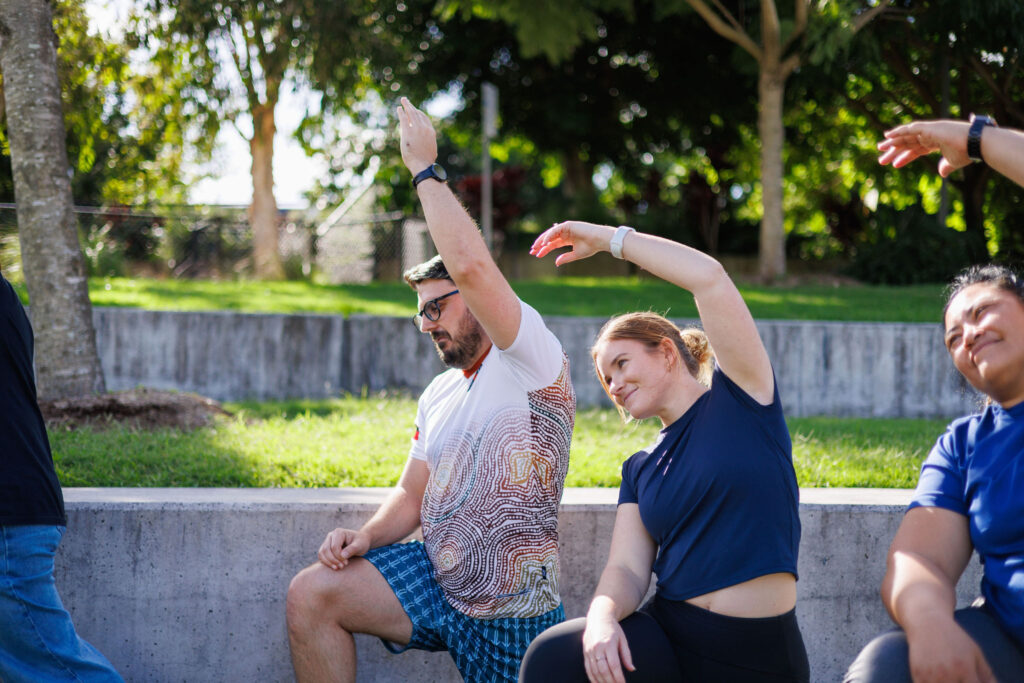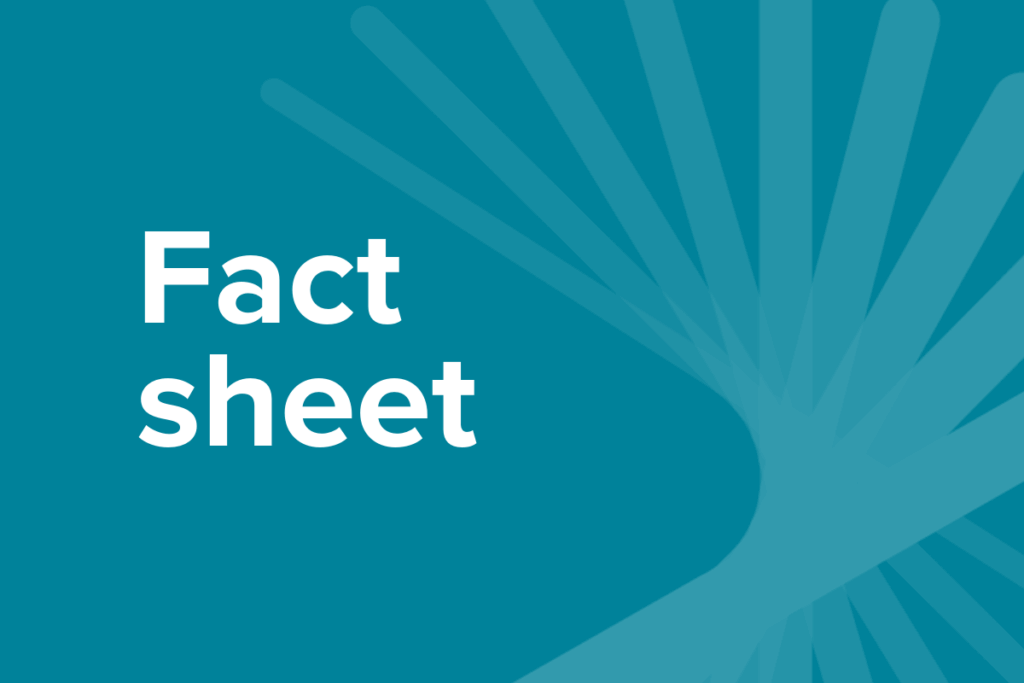Fibromyalgia
Fibromyalgia is a chronic condition that causes pain in the muscles and bones, overall fatigue and tiredness. Many who live with Fibromyalgia are less physically active than the Australian recommendations.
The pain experienced by individuals with fibromyalgia is complex. It’s unpleasant and evokes responses both internally and externally from the individual. When pain persists, and is chronic, it can become debilitating to your daily life.
Home / Fibromyalgia

Exercising with fibromyalgia
How we respond to different types of exercise greatly differs from person to person. There are no forms of exercise that will likely benefit every person with fibromyalgia, just as there is no form of exercise that will have universal negative effects. Therefore, the type(s) of exercise that will provide benefit for an individual is made on a case by case basis and depends on a myriad of factors relating to that individual.
What types of exercise are best for fibromyalgia?
Aerobic exercise
Aerobic exercise is now regarded as a standard treatment for Fibromyalgia because of its benefits to overall well-being as well as fitness. The style, type, intensity and duration of your aerobic training must be individualised and is best assessed by an Accredited Exercise Physiologist.
Resistance exercise
Resistance training can lead to strength gains, lower pain levels, reducing tenderness and greater overall well-being and functionality. It’s important to consult an Accredited Exercise Physiologist prior to commencing resistance exercise to avoid onset of pain. Using Theraband exercises is a great place to start, followed by standard gym machines once you’re familiar with the exercise and have developed more strength. It may take at least 6 months until benefits are seen.
Also, while you are in pain, staying active prevents loss of physical fitness, muscle strength and cardiorespiratory function. Staying active therefore helps you ensure that other aspects of your health do not decline too.
Tai Chi
Practicing Tai Chi twice weekly over 12 weeks produces worthwhile benefits in balance, functionality, pain control and severity as well as sleep. Tai Chi is also beneficial for muscles to stretch, improving flexibility in a low impact manner. The controlled breathing and movements leads to a restful state and mental tranquillity, which improves pain thresholds.
Also, while you are in pain, staying active prevents loss of physical fitness, muscle strength and cardiorespiratory function. Staying active therefore helps you ensure that other aspects of your health do not decline too.
How much exercise is right for you?
- At the start of your program: 2-3 days per week, exercising at 10 minute intervals over the day at a light intensity
- What should you progress to? Gradual progression to 30 minutes of exercise per day over 5-7 days per week, toward a moderate intensity


Tips for exercising with fibromyalgia
- Listen to your body; reduce intensity when you are experiencing greater and increased levels of pain
- Understand that pain will not cause further damage
- Our muscles and ligaments love to move and will feel better after movement
- When you first commence exercise, be sure to exercise on non-consecutive days, in order to allow the body time to recover and rest.
Accredited Exercise Physiologists are qualified and experienced in exercise prescription for those living with chronic conditions. It is recommended to consult one of these Exercise Professionals for an individual assessment and exercise program.
Frequently asked questions
What is an Accredited Exercise Physiologist (AEP)?
An Accredited Exercise Physiologist (AEP) is an allied health professional that prescribes individualised exercise therapy to help people manage their chronic conditions, disabilities, long-term injuries and so much more. They are the most qualified professionals in Australia when it comes to the prescription safe and effective of exercise therapy.
Who should see an AEP?
Anyone who wants to move safely and improve their health can benefit. From chronic conditions to injury recovery, or simply wanting advice on how to exercise right, an exercise physiologist is the expert to see.
Is an AEP covered by Medicare or private health insurance?
Yes. As allied health professionals, exercise physiology services are recognised in government health funding including Medicare, National Disability Insurance Scheme (NDIS) and Department of Veteran’s Affairs (DVA), workers’ compensation and private health insurers. It’s important that you check with your provider as coverage can vary.
Where can I find an AEP?
Use recognised directories like Exercise & Sports Science Australia (ESSA), ask your GP or look for allied health clinics with AEP credentials.


